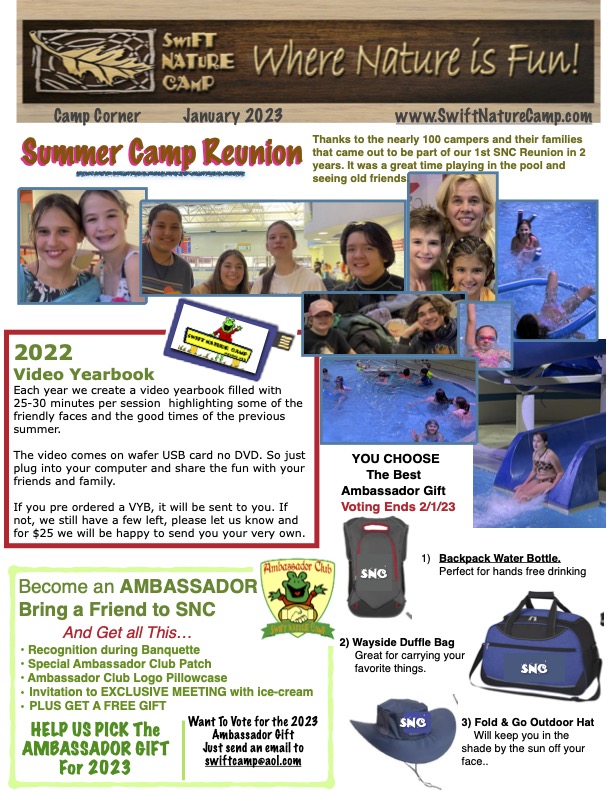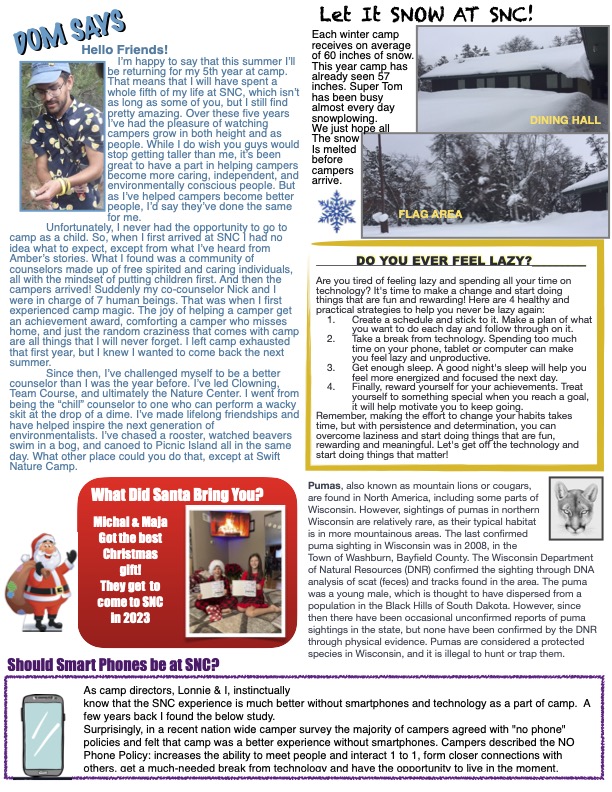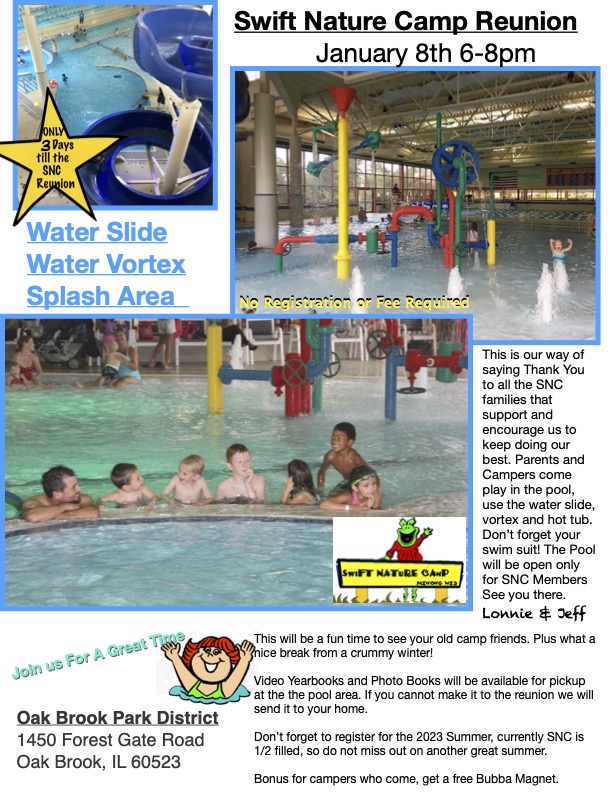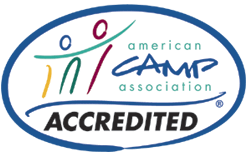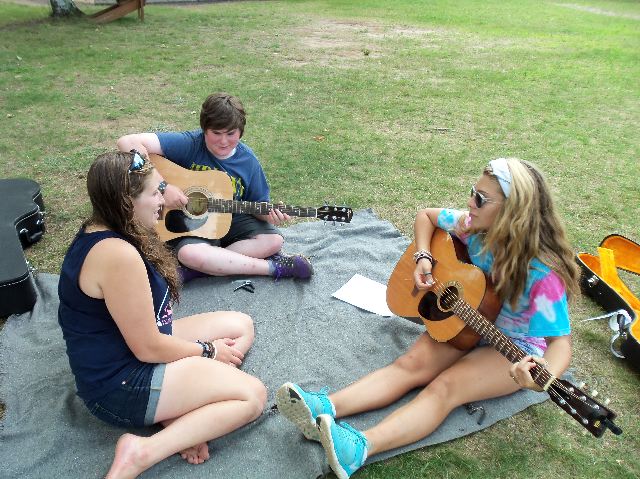
One of the key reasons why teen leadership summer camps are so popular is the focus on leadership development. These camps provide teens with the opportunity to learn about leadership styles, communication skills, and problem-solving strategies. Through a variety of activities such as team-building exercises, leadership workshops, and group discussions, teens are able to develop the skills they need to become effective leaders.
Another benefit of teen leadership summer camps is the focus on personal development. These camps provide teens with the opportunity to explore their passions and interests, and to discover new talents and abilities. Campers are encouraged to step out of their comfort zones and try new things, which can lead to increased self-confidence and self-awareness.
Additionally, teen leadership summer camps provide an opportunity for teens to build a sense of community. Campers are placed in a diverse group of peers and staff, and they are encouraged to work together and support one another. This can lead to the formation of lasting friendships and a support network that can be beneficial throughout the teenage years.
Furthermore, teen leadership summer camps offer a wide range of activities and experiences that are often not available in a teenager's daily life. From outdoor adventures such as hiking and rock climbing, to artistic and creative pursuits such as painting and music, camp provides a chance for teens to explore new interests and passions. This can lead to increased self-discovery and a greater sense of self-worth.
Another benefit of teen leadership summer camps is that they offer a chance for teens to disconnect from technology and fully immerse themselves in the present moment. Without the constant pull of screens and social media, campers are free to focus on their surroundings and the activities at hand. This can lead to increased mindfulness and an appreciation for the natural world.
Finally, teen leadership summer camps provide a chance for teens to learn important values such as teamwork, respect, and perseverance. Through group activities and challenges, campers are taught the importance of working together and supporting one another. These lessons can have a lasting impact on a teenager's character and future success.
In conclusion, the benefits of teen leadership summer camps are numerous and varied. From building leadership skills, personal development, and forming new friendships, to exploring new interests and learning important values, teen leadership summer camps offer a unique and valuable experience for teenagers. For many parents, sending their children to a leadership camp is an investment in their child's future and well-being.
The Teen Leadership Program at Swift Nature Camp helps teens get ready for a work life while having fun and enjoying the community of camp. We offer Teen Leaders the chance to work with children and have the opertunity to help with things around camp all this is done with daily Teen Leadership meeting where we work on on personal & work skills. To lean more give Lonnie or Jeff a call 630-654-8036 or visit our teen leadership page on the summer jobs page. https://swiftnaturecamp.com/cit-s-jr-counselors
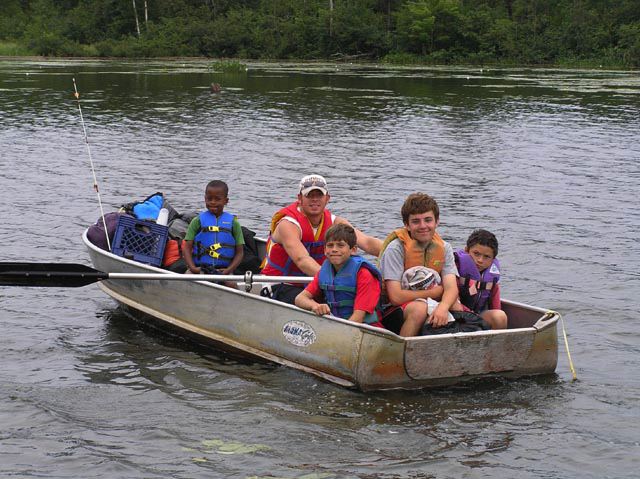
One of the key reasons why Swift Nature Camp is a top choice for parents is its location. Situated on over 1500 acres of pristine wilderness along with a 1500 lake provides children with a chance to fully immerse themselves in nature with out technology. Whether they are hiking through the woods, swimming in the lake, or taking part in outdoor games and activities, campers will be surrounded by the beauty and tranquility of the natural world.
Another great feature of Swift Nature Camp is its wide variety of activities. The camp offers a diverse range of programs, including sports, arts, and science, as well as traditional camp activities such as archery, canoeing, and campfires. This means that children of all interests and abilities will be able to find something that they enjoy and excel at.
The camp also places a strong emphasis on personal development and leadership. Campers are encouraged to take on leadership roles and make decisions for themselves, which helps to build self-confidence and independence. Additionally, the camp's counselors are highly trained and dedicated to ensuring that each camper has a positive and safe experience.
Swift Nature Camp also offers a variety of trips. Campers take frequent hiking, canoing and biking overnight trips. These trips allow children to be in nature setting up camp and creating meals over an open file. These trips are considered the jewel of the activities at SNC and campers love to take these adventures.
Finally, Swift Nature Camp is renowned for its welcoming and inclusive environment. The camp staff is dedicated to creating a community where children from all backgrounds feel welcomed, respected, and valued. This creates an environment where children can form lifelong friendships and feel a sense of belonging.
In conclusion, Swift Nature Camp is an excellent choice for parents who are looking for a high-quality overnight summer camp in Illinois. With its breathtaking location, diverse range of activities, personal development focus, and inclusive atmosphere, the camp is sure to provide children with an unforgettable summer experience. Swift Nature Camp also provides a motor coach to camp with stops in Schaumburg, Boilingbrook, Rockford and Madison. Want to learn more please call Lonnie & Jeff t 630-654-8036.
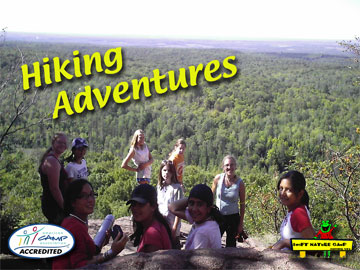 For many parents, sending their children to residential summer camp is an important part of their child's development and growth. While some may view camp as a mere vacation or break from the daily routine, the benefits of overnight camp go much deeper.
For many parents, sending their children to residential summer camp is an important part of their child's development and growth. While some may view camp as a mere vacation or break from the daily routine, the benefits of overnight camp go much deeper.
First and foremost, overnight residential camps provides a unique opportunity for children to gain independence and responsibility. Away from the comfort and structure of home, campers are forced to navigate new situations and make decisions on their own. This teaches valuable life skills such as problem-solving, time management, and decision-making.
Additionally, overnight camp allows children to form new friendships and build a sense of community. In a world where children are often isolated by technology, camp provides a chance for face-to-face social interaction and connection with others. This can lead to increased self-esteem and confidence, as well as a support network for children to lean on during difficult times.
Furthermore, overnight camp offers a wide range of activities and experiences that are often not available in a child's daily life. From outdoor adventures such as hiking and rock climbing, to artistic and creative pursuits such as painting and music, camp provides a chance for children to explore new interests and passions. This can lead to increased self-discovery and a greater sense of self-worth.
Overnight camp also provides a unique opportunity for children to disconnect from the distractions of technology and fully immerse themselves in the present moment. Without the constant pull of screens and social media, campers are free to focus on their surroundings and the activities at hand. This can lead to increased mindfulness and an appreciation for the natural world.
Finally, overnight camp provides a chance for children to learn important values such as teamwork, respect, and perseverance. Through group activities and challenges, campers are taught the importance of working together and supporting one another. These lessons can have a lasting impact on a child's character and future success.
Overall, the benefits of overnight camp are numerous and varied. From building independence and forming new friendships, to exploring new interests and learning important values, overnight camp offers a unique and valuable experience for children. For many parents, sending their children to camp is an investment in their child's future and well-being. It is always best to check with the camp directors that they offer what your family is looking for in your childe development. At Swift Nature Camp Lonnie & Jeff welcome your phone call 630-654-8036
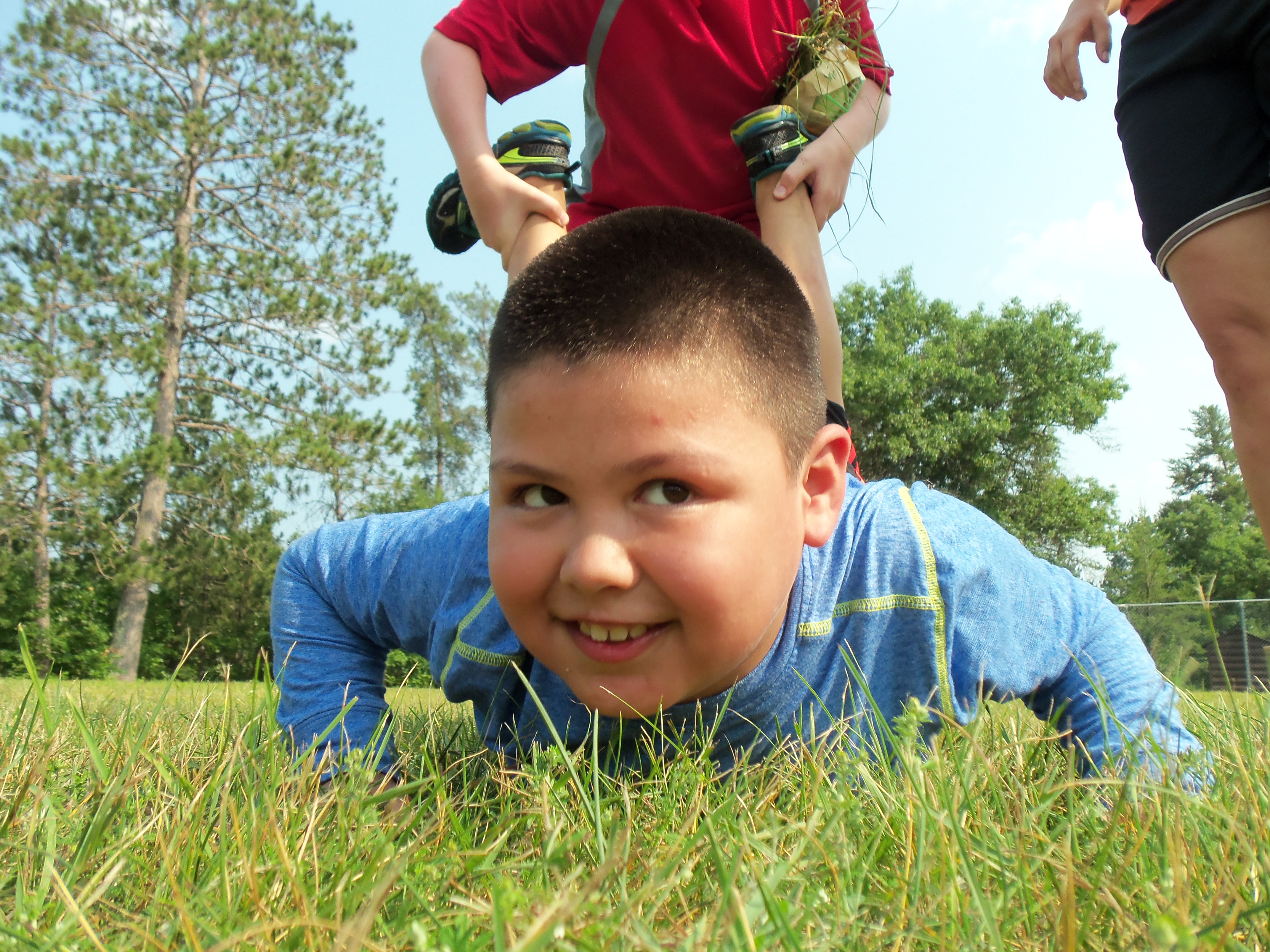
-
Increased physical activity: Overnight summer camps often offer a wide range of physical activities such as swimming, hiking, sports, and arts and crafts. These activities not only provide a fun way to stay active but also encourage children to develop new interests and skills.
-
Healthy eating: Many overnight summer camps focus on healthy eating and provide nutritious meals and snacks. Children are exposed to a variety of fruits, vegetables, and other healthy foods that they may not have access to at home.
-
Outdoor environment: Spending time in nature can have a positive impact on children's physical and mental health. Overnight summer camps take place in natural environments, which provide children with an opportunity to escape the distractions of technology and spend time in a peaceful and calming environment.
-
Socialization: Overnight summer camps provide children with the opportunity to socialize with other children who have similar interests. This can help prevent feelings of isolation and loneliness, which can contribute to obesity.
-
Building self-esteem: Children who attend residential summer camps often have the opportunity to try new things and push themselves out of their comfort zones. This can help build self-esteem, self-confidence, and a sense of accomplishment, which can lead to a healthier self-image.
-
Lack of screens: Overnight summer camps typically limit screen time which can reduce sedentary activities. This results in more physical activity and less exposure to unhealthy food advertisements.
It's important to note that not all overnight summer camps focus on healthy living, so it's important to research different camps and find one that aligns with your child's interests and health goals. Additionally, it's important for parents to continue to promote healthy habits and physical activity once the child returns home.
In conclusion, overnight summer camps can be an effective way to help reduce obesity in children. They provide an opportunity for children to engage in physical activity, eat healthy food, spend time in nature, socialize with other children, build self-esteem, and limit the screens exposure. Parents should research the different camps available and choose one that aligns with their child's interests and health goals.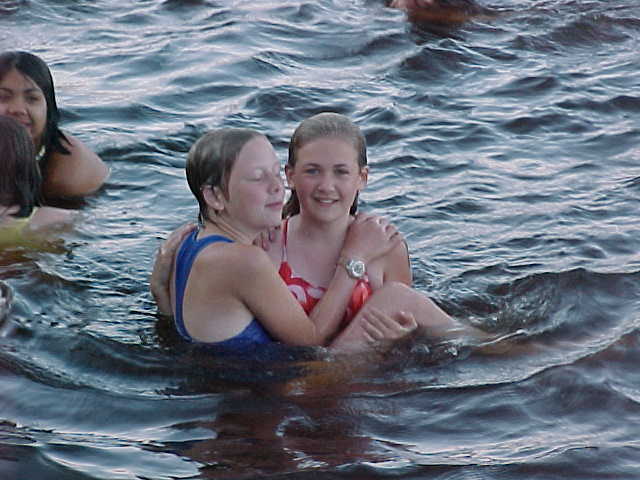
Our Discovery Camp is the perfect opportunity for those who have never been to camp before to experience all of the fun and excitement that camp has to offer. From swimming and hiking to arts & crafts and archery, there's something for everyone at our camp. Most really enjoy the camp zoo. And with experienced and friendly staff members there to guide you every step of the way, you'll feel safe and supported while trying out new activities. This is because, in a each cabin we have no more than 6 children and 2 counselors and all of our campers are new to SNC
But the fun doesn't stop there! At our Discovery Camp, you'll also have the chance to make lasting friendships with other first-time campers. Our tight-knit community is one of the things that makes Swift Nature Camps so special, and we can't wait for you to be a part of it. One of the best parts is a Motor-coach can take you and the other campers to camp from Chicagoland and all the surrounding suburbs of Chicago.
So why wait? Sign up for our Exclusive Discovery Camp for First Timers today and discover the magic of camp for yourself! With so much to see and do, you won't want to miss out on this amazing opportunity. Registrations are limited to 60 campers. We can't wait to see you there!
Want to learn more? Give us a call, we love to talk about Swift Nature Camp!
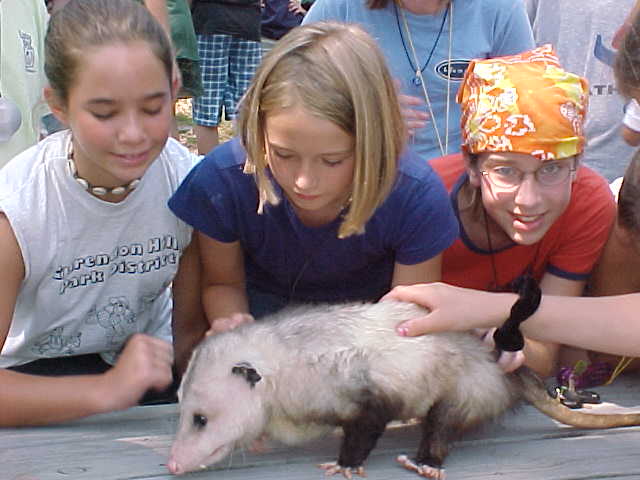
-
Determine your child's interests: Start by considering your child's interests and what they would most enjoy doing at camp. This will help narrow down your search and ensure that your child has a positive and fulfilling experience.
-
Research the camp: Look for a camp that has a strong reputation and a history of providing a safe and enriching experience for campers. Read reviews from past campers and their parents, and ask for recommendations from friends and family.
-
Consider the camp's location: Think about the location of the camp and whether it is convenient and accessible for your family. You may also want to consider the type of environment the camp is located in, such as a wooded area or near a lake.
-
Evaluate the camp's staff: Look for a camp with experienced and well-trained staff who are dedicated to providing a positive experience for campers. Consider the staff-to-camper ratio and whether there is a mix of experienced and younger staff members.
-
Look into the camp's facilities and amenities: Consider the type of accommodation your child will be staying in and whether it is comfortable and suitable for their needs. Look for a camp with a variety of activities and amenities to keep campers engaged and entertained.
-
Consider the camp's philosophy: Look for a camp that aligns with your values and parenting style. Consider the camp's approach to discipline, safety, and personal growth and development.
-
Evaluate the camp's pricing and policies: Consider the cost of the camp and whether it is within your budget. Look into the camp's policies on payments, cancellations, and refunds in case you need to make any changes to your plans.
Lastly, be sure to take time to have a conversation with the camp directors. Have your questions ready and be willing to express any concerns. After all you as the parent need to feel comfortable that the camp is the right place for your child.
By following these steps and taking the time to carefully research and evaluate your options, you can find the best overnight summer camp in Minnesota for your child. Want to learn more about Swift Nature Camp, only 2 hours from Minneapolis then give us a call 630-654-8036.
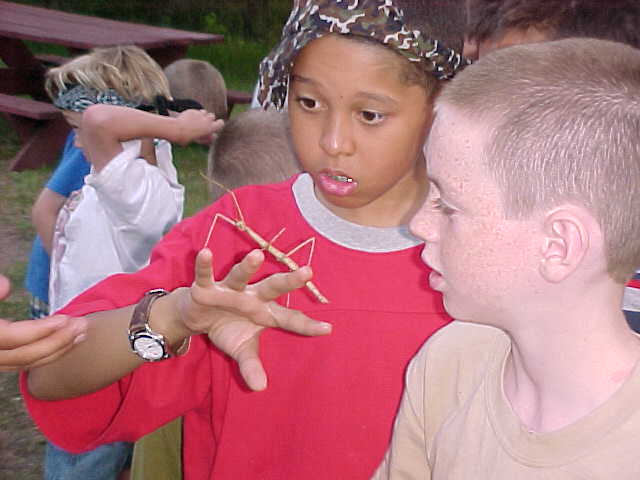
-
Research the camp: One of the best ways to reduce fears about sending your child to summer camp is to do your research and choose a reputable camp with a strong track record. Look for a camp that has a strong emphasis on safety, with well-trained staff and thorough emergency procedures in place. Always best to call the Directors and talk directly to them.
-
Prepare your child: Help your child prepare for camp by talking to them about what to expect and packing all the necessary items. You can also encourage your child to make a list of activities or goals they would like to accomplish at camp.
-
Communicate with the camp staff: Establish a line of communication with the camp staff, so you can stay informed about your child's experience and address any concerns that may arise.
-
Set up communication with your child: Many camps offer options for parents to stay in touch with their children, such as phone calls or letters. Set up a communication plan with your child before they leave for camp, so you both know how to stay in touch.
-
Encourage independence: Summer camp is a great opportunity for your child to develop independence and self-reliance. Encourage your child to try new things and make their own decisions while they are at camp.
-
Talk to your child about homesickness: It's common for children to experience homesickness when they are away from home. Talk to your child about homesickness and reassure them that it's a normal feeling. Encourage them to express their feelings and remind them that the camp staff is there to support them.
-
Set realistic expectations: It's important to have realistic expectations about your child's experience at camp. While it can be an exciting and enriching experience, it may not be perfect. Remind yourself that your child will be learning and growing, and that challenges are a natural part of this process.
-
Trust the camp staff: The camp staff is there to support your child and ensure their well-being. Trust that they are competent and capable of handling any issues that may arise.
Lastly:Find something that you will accomplish while your child is at camp. This is your time to do something you have not done in a while: paint, play music, relax and just have fun. Your child will be OK
Sending your child to overnight summer camp can be a challenging and emotional experience, but it can also be an incredibly rewarding one. By doing your research, preparing your child, and communicating with the camp staff, you can reduce your fears and help your child have a positive and enriching experience.
Want to know more talk to Jeff & Lonnie at Swift Nature Camp
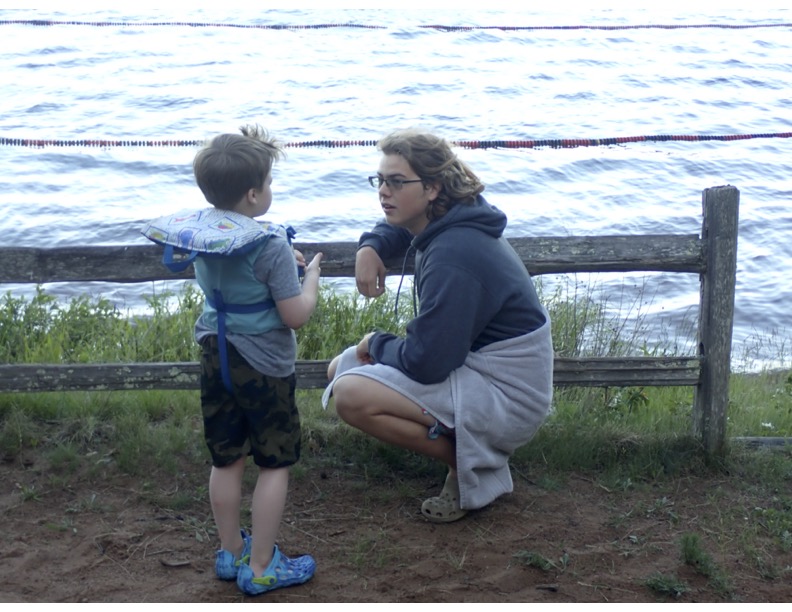 Summer camp jobs can provide a unique and valuable learning experience for candidates seeking to develop skills that are highly sought after in the 21st century workforce. These skills, often referred to as "soft skills," are non-technical abilities that enable individuals to effectively communicate, collaborate, and problem-solve in a variety of settings.
Summer camp jobs can provide a unique and valuable learning experience for candidates seeking to develop skills that are highly sought after in the 21st century workforce. These skills, often referred to as "soft skills," are non-technical abilities that enable individuals to effectively communicate, collaborate, and problem-solve in a variety of settings.
One of the primary reasons summer camp jobs are so effective at preparing candidates for the 21st century is that they require individuals to work closely with diverse groups of people, often in high-stress environments. Camp counselors, for example, are responsible for leading activities, managing conflicts, and providing support and guidance to campers of all ages and backgrounds. This requires strong communication skills, the ability to adapt to changing situations, and the ability to work well with others.
In addition to developing communication and teamwork skills, summer camp jobs also provide opportunities for individuals to build leadership skills. Many camp positions, such as head counselors or program directors, involve taking on a leadership role and managing a team of staff members. This requires the ability to motivate and inspire others, as well as the ability to delegate tasks and responsibilities effectively.
Another important skill that can be developed through summer camp jobs is the ability to problem-solve. Camp environments can be unpredictable, and staff members are often required to come up with creative solutions to challenges that arise. This requires critical thinking, resourcefulness, and the ability to think on your feet.
Finally, summer camp jobs can also provide opportunities for personal and professional growth. Many camps offer staff training and development programs, which can include workshops, seminars, and leadership development activities. These experiences can help individuals build their confidence, improve their interpersonal skills, and gain a greater understanding of themselves and their goals.
Overall, summer camp jobs offer a unique and valuable learning experience for candidates seeking to develop the skills needed to succeed in the 21st century workforce. An Overnight Summer Camp like Swift Nature Camp,offers close collaboration with diverse groups of people, the development of leadership skills, the opportunity to problem-solve, and the chance to participate in professional and personal growth activities, can help a young adult to gain the confidence and abilities needed to excel in a variety of settings in their future.




